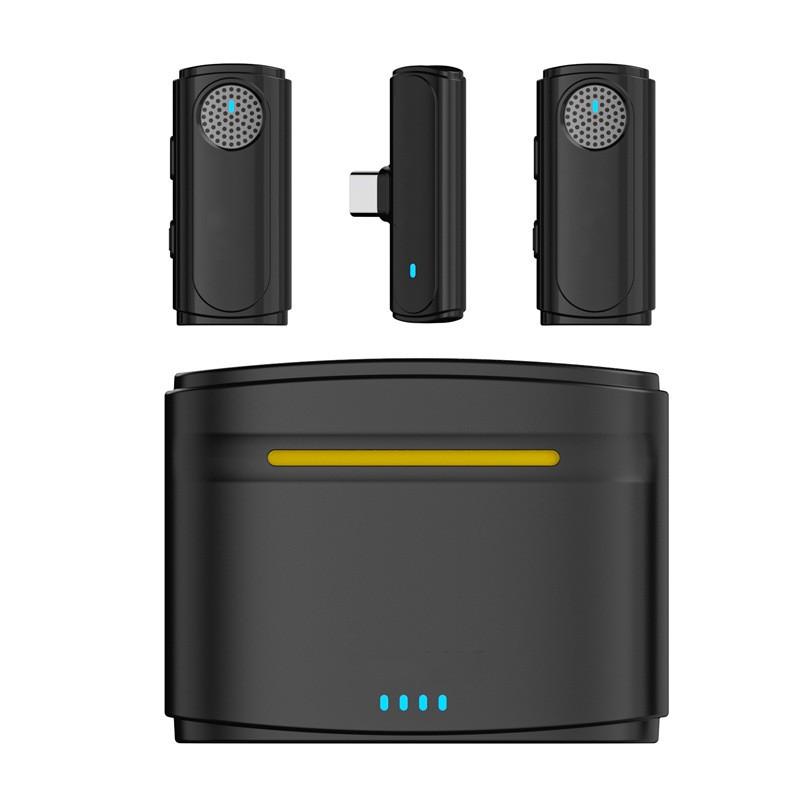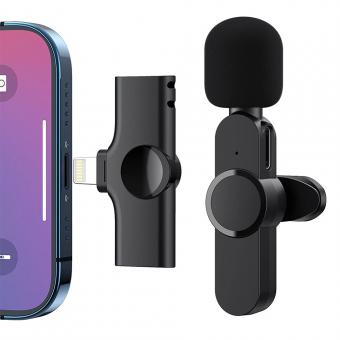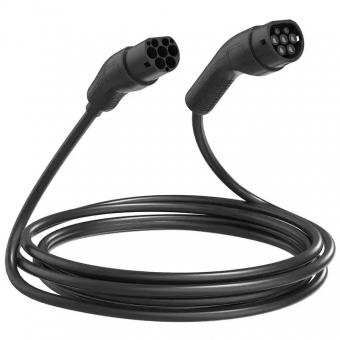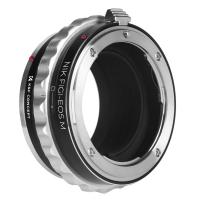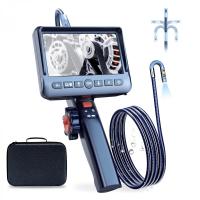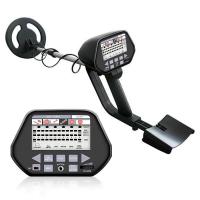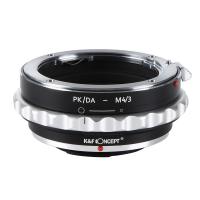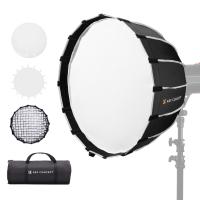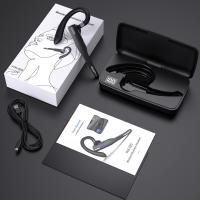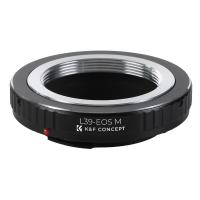Where To Place Lavalier Mic ?
A lavalier mic is typically placed on the clothing of the person speaking, usually clipped near the collar or lapel. This allows the mic to be close to the mouth for clear audio capture while remaining discreet and unobtrusive.
1、 Clothing placement for lavalier mic
When it comes to placing a lavalier microphone, there are a few key considerations to keep in mind. The primary goal is to achieve clear and consistent audio capture while minimizing any unwanted noise or interference.
Traditionally, lavalier mics are placed on the clothing of the person speaking, typically on the lapel or collar. This placement ensures that the microphone is close to the mouth, allowing for optimal sound pickup. However, it is important to position the mic slightly below the mouth to avoid plosive sounds caused by breath hitting the microphone directly.
In recent years, there has been a shift towards more discreet placement options. Some individuals prefer to hide the lavalier mic under clothing, using tape or clips to secure it in place. This approach can help minimize the visibility of the microphone and reduce any rustling or rubbing noises that may occur when it is attached to the outside of clothing.
Another emerging trend is the use of specialized accessories such as microphone ties or bra straps. These accessories provide alternative attachment points for lavalier mics, allowing for greater flexibility in placement. They can be particularly useful for individuals wearing clothing that does not have a lapel or collar.
Ultimately, the best placement for a lavalier microphone will depend on the specific circumstances and personal preferences. It is important to experiment with different positions and test the audio quality to find the optimal placement for each individual situation.

2、 Optimal positioning for lavalier mic on the body
The optimal positioning for a lavalier microphone on the body depends on several factors, including the purpose of the recording, the individual's body type, and the desired sound quality. However, there are some general guidelines that can help achieve the best results.
One common placement for a lavalier mic is on the chest, around 6-8 inches below the chin. This position allows for clear and natural sound capture, as it is close to the mouth and minimizes clothing rustling. It is important to position the mic slightly off-center to avoid plosive sounds caused by breath hitting the microphone directly.
Another option is to place the lavalier mic on the collar or lapel of a shirt or jacket. This position is often used in broadcast and interview settings, as it provides a professional look and allows for easy concealment. However, it may pick up more clothing noise and may not capture the sound as accurately as the chest placement.
For individuals with long hair or those who prefer not to have the mic visible, it can be placed on the back of the collar or clipped to the back of the shirt collar. This position can provide decent sound quality, but it may require some experimentation to find the best placement for each individual.
It is worth noting that advancements in lavalier microphone technology have led to the development of miniature mics with improved sound quality and noise reduction capabilities. These advancements have made it possible to experiment with alternative placements, such as on the forehead or near the ear, to achieve different sound effects or to accommodate specific recording needs.
Ultimately, the optimal positioning for a lavalier microphone on the body will depend on the specific circumstances and preferences of the user. It is recommended to test different placements and listen to the recorded sound to determine the best position for each individual situation.

3、 Lavalier mic placement for different types of performances
Lavalier microphones, also known as lapel mics, are commonly used in various types of performances to capture clear and consistent audio. The placement of a lavalier mic is crucial to ensure optimal sound quality and minimize unwanted noise. Here are some guidelines for lavalier mic placement for different types of performances:
1. Theater Performances: In theater, lavalier mics are typically placed on the actor's chest, clipped to their clothing. The mic should be positioned slightly below the collarbone, ensuring it is not obstructed by clothing or jewelry. This placement allows for clear and natural sound pickup without interfering with the actor's movements.
2. Presentations and Conferences: When using a lavalier mic for presentations or conferences, it is best to place it on the speaker's lapel or collar, approximately 6-8 inches below the mouth. This position allows for clear vocal projection while minimizing the pickup of breathing sounds.
3. Live Music Performances: For musicians, lavalier mics can be attached to the instrument or placed on the performer's clothing, depending on the instrument being played. For vocalists, the mic should be positioned on the chest, slightly below the chin, to capture the voice accurately without excessive plosives or sibilance.
4. Broadcast and Film: In broadcast and film productions, lavalier mics are commonly hidden under clothing to maintain a clean visual aesthetic. The mic can be placed on the chest, near the sternum, or on the lapel, depending on the actor's movements and costume.
It is important to note that lavalier mic placement may vary depending on the individual's voice, the specific equipment being used, and the acoustics of the performance space. Experimentation and sound checks are essential to find the optimal placement for each performer. Additionally, advancements in lavalier microphone technology, such as noise-cancelling features and improved frequency response, continue to enhance audio quality and reduce unwanted noise.
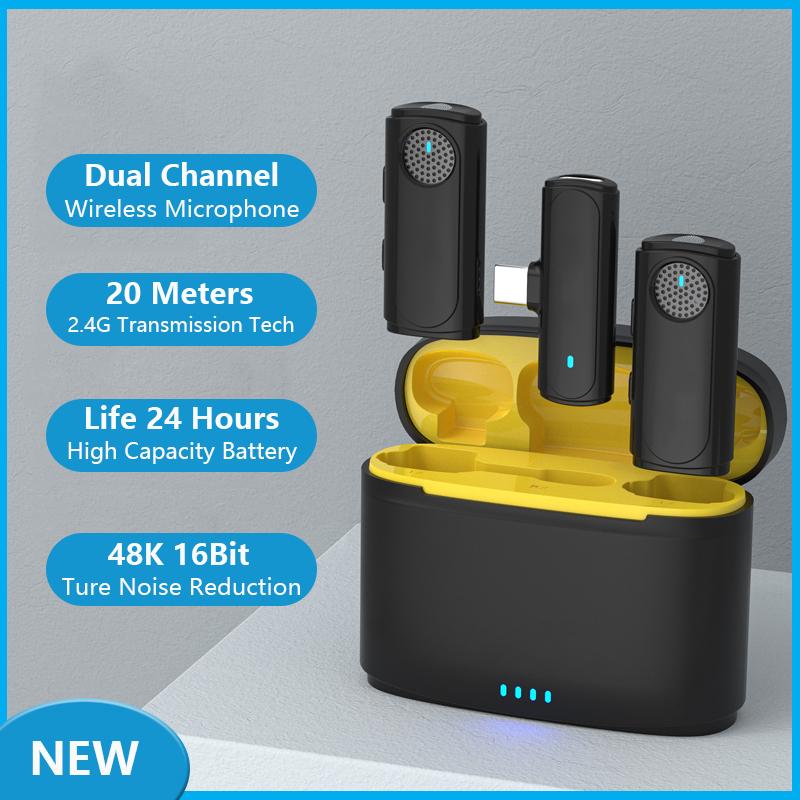
4、 Techniques for hiding lavalier mics on actors or speakers
When it comes to hiding lavalier microphones on actors or speakers, there are several techniques that can be employed to ensure optimal sound quality while maintaining a discreet appearance. The placement of the lavalier mic is crucial in achieving both of these objectives.
One common placement technique is to position the lavalier mic on the actor or speaker's chest, approximately six to eight inches below the chin. This placement allows for clear and natural sound capture while minimizing clothing rustle and other unwanted noises. It is important to secure the mic in a way that it remains hidden, such as using medical tape or a specialized mic clip.
Another technique involves placing the lavalier mic on the actor or speaker's collar or lapel. This placement can provide good sound quality while also being less visible. It is important to position the mic in a way that it is not obstructed by clothing or accessories, as this can affect the sound capture.
In recent years, there has been a growing trend towards using specialized lavalier mic concealers or mounts. These accessories are designed to securely hold the mic in place while remaining hidden under clothing. They often come in various shapes and sizes to accommodate different body types and clothing styles. These concealers can be particularly useful in situations where the lavalier mic needs to be placed on areas other than the chest or collar, such as the back or waistband.
Ultimately, the placement of the lavalier mic will depend on the specific requirements of the production and the preferences of the sound engineer. It is important to experiment with different placements and techniques to find the optimal balance between sound quality and concealment.
